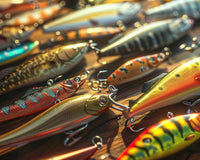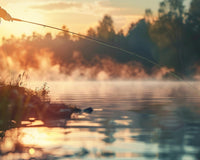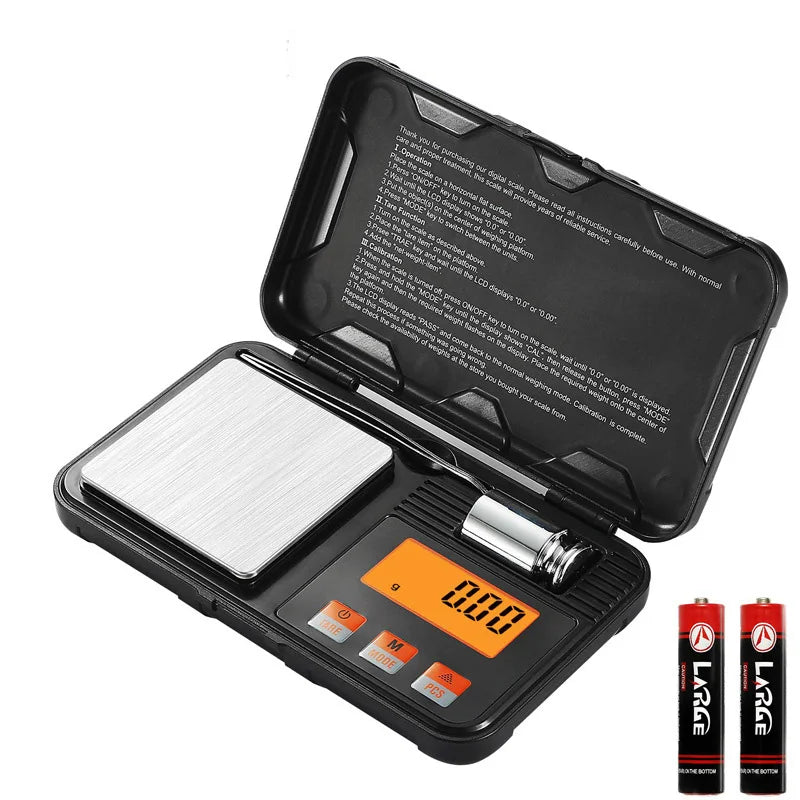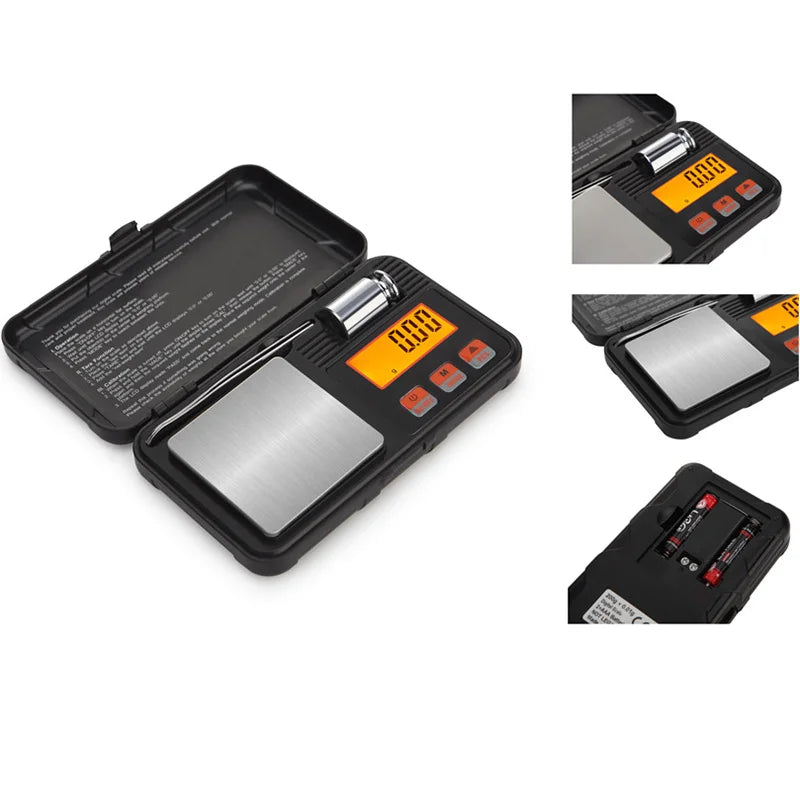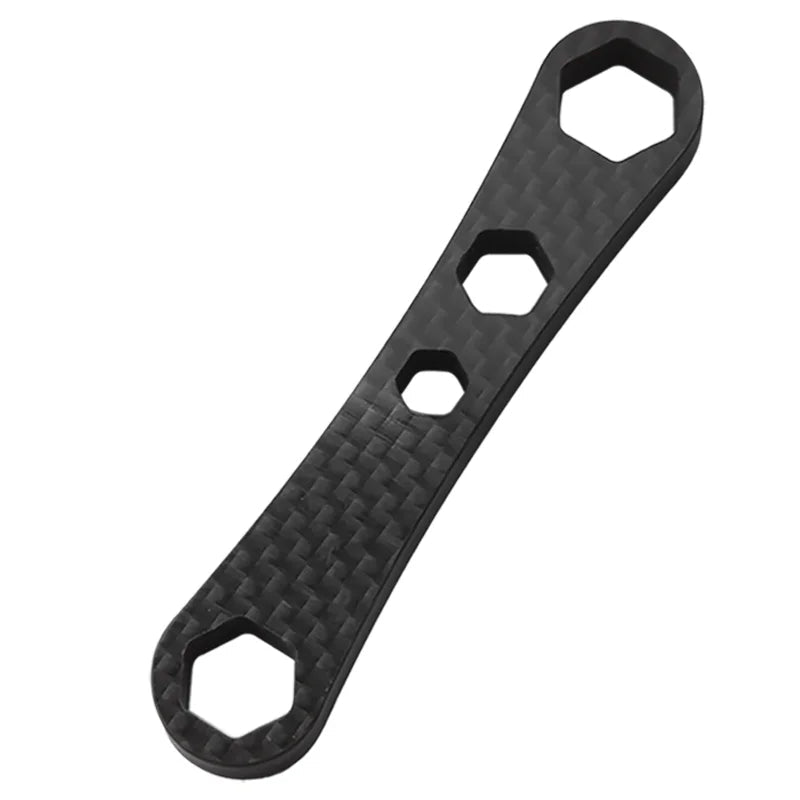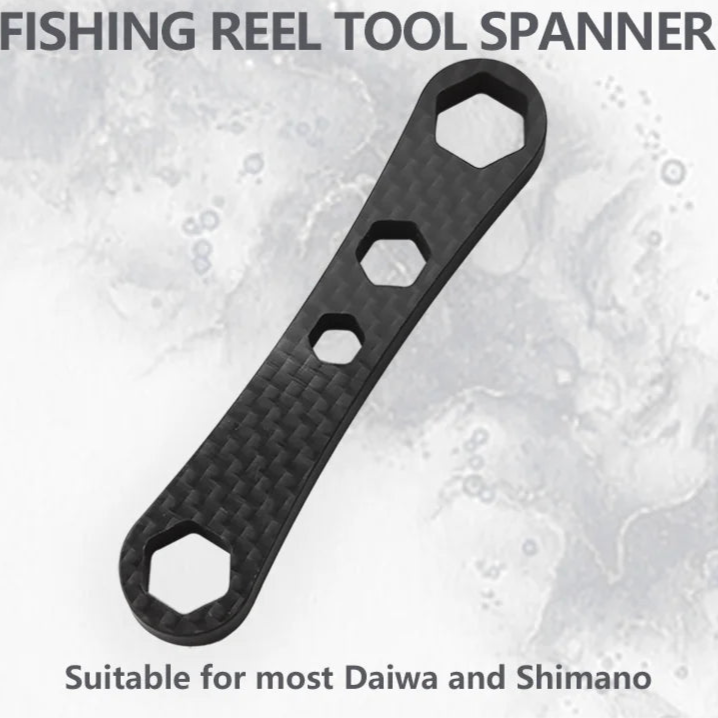Fishing across New Zealand—from coastal surf to high-country lakes—requires different gear and different levels of preparation. Whether you’re heading out for a weekend trip or a quick evening session, staying organised can save time and improve results. That’s where the right tackle storage setup makes all the difference.
This guide breaks down the options, features to consider, and how to keep your gear sorted throughout the season.
What Is a Tackle Box?
A tackle box is a storage solution used by anglers to carry and organise gear such as hooks, lures, sinkers, swivels, tools, and spare line. It keeps everything safe, dry, and within easy reach. Many anglers treat it as the core of their fishing kit—something they rely on trip after trip.
Good tackle organisation can help reduce lost time, avoid gear damage, and make it easier to respond when the fishing heats up.
Different Types of Tackle Storage
There’s no single best option—your choice depends on how you fish, how much gear you carry, and how mobile you need to be.
Hard Cases
These are rigid containers with tiered trays or drawers that open out. They’re strong, durable, and often used by those fishing from boats, wharves, or close to vehicles. They hold their shape and protect gear well.
Soft Bags
Lightweight and easy to carry, soft bags usually come with removable trays inside. They’re suited for anglers who walk longer distances or prefer flexibility. Most come with side pockets for pliers, line, or tools.
Fishing Backpacks
For those trekking to remote rivers or coastal spots, a backpack with built-in tackle compartments can be ideal. It keeps hands free and balances weight evenly across the body.
Modular Trays
Stackable and often transparent, these trays are great for sorting specific gear like rigs, lures, or hooks. You can pick and choose which trays to bring depending on the day’s target species.
Waterproof Containers
If you fish in saltwater or during wet conditions, sealed tackle storage is worth considering. These options help keep rust at bay and prevent gear from getting soaked.
Choosing the Right Setup
Consider Capacity
Think about how much gear you usually bring. Do you carry a variety of lures and terminal tackle? Do you change setups often? Small kits suit short freshwater trips, while larger setups are better for boat fishing or surfcasting.
Also, consider how easy the system is to pack, carry, and store when not in use.
Built for NZ Conditions
New Zealand weather can shift quickly. Look for tackle storage made from materials that resist sun, rain, and salt. Rigid containers should have strong latches and hinges. Soft options should feature reinforced stitching and water-resistant coatings.
Internal Layout
Trays with adjustable dividers are useful for sorting gear into categories. Transparent lids or labelled sections help you find items quickly. If you use different setups for different locations or seasons, choose something that allows quick swapping or removal of trays.
Local Buying Tips
When searching for tackle storage in New Zealand, look for retailers that understand local fishing styles. Whether you're buying in-store or online, make sure the size, material, and layout match the type of fishing you do most.
Look for options that ship within New Zealand and are suited to the local environment—many imported models may not account for our climate, coastal exposure, or gear preferences.
How to Organise Your Gear
Getting your gear into a storage system is one thing—keeping it tidy and efficient is another. The more effort you put into organisation, the faster you can adapt on the water.
Must-Have Items
Your setup might include:
-
A range of hook sizes
-
Sinkers for both fresh and saltwater
-
Lures and soft plastics
-
Swivels and clips
-
Spare leader line
-
Pliers, scissors, or hook removers
-
Floats, beads, and stopper knots
Adjust the mix depending on whether you’re targeting trout, kahawai, or deeper water species.
Practical Tips
-
Group similar items together in compartments.
-
Use small bags or boxes for loose parts like split rings or swivels.
-
Store frequently used gear near the top or front of the container.
-
Label trays or compartments if your setup is large.
-
Dry gear before packing it away to avoid rust or mould.
Consider creating separate trays for specific styles of fishing—this way, you only bring what’s needed for the trip.
Adapting with the Seasons
Conditions change throughout the year, and so should your tackle storage.
In summer, soft plastics and rubbers can melt or stick together. Keep these in shaded compartments or separate containers. In winter, you might switch to lighter rigs and carry less gear overall.
Saltwater fishing demands more maintenance. Rinse your gear after each trip, dry thoroughly, and check for corrosion. Adding a moisture absorber to sealed storage can also help.
Final Thoughts
Choosing the right tackle storage helps you stay organised, protect your gear, and fish more confidently. Whether you need a compact setup for quick missions or a large system for boat trips, the best solution is one that fits your style.
New Zealand anglers face a mix of environments—from alpine rivers to wild coastlines—so flexibility, durability, and smart design are all important. Take the time to choose a storage system that suits your needs and build a setup that works with you, not against you.
At HOOK LINE SINKER, we offer high-quality TACKLE BOXES and TACKLE BAGS for all lure, hook and tackle storage needs.
Happy Fishing! 🎣



